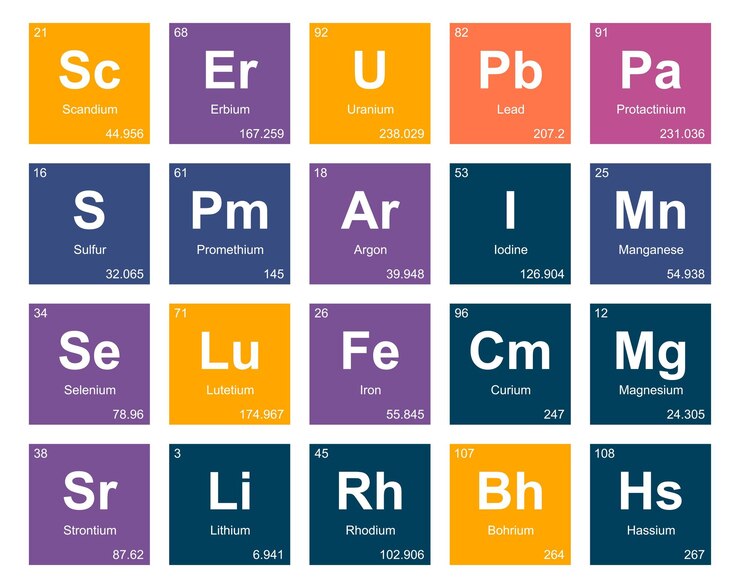Introduction:
The periodic table, an icon in the realm of chemistry, is more than just a chart of elements arranged by atomic number. It’s a symphony of elements, each with its own unique properties and a story to tell. Navigating this intricate tapestry unlocks the secrets of the building blocks of matter, revealing the elegance and order underlying the apparent chaos of the natural world.
- Mendeleev’s Vision and Modern Realities: The story of the periodic table begins with Dmitri Mendeleev’s ingenious arrangement of elements in the 19th century. Today, the modern periodic table has evolved, incorporating the discoveries of new elements and revealing patterns that extend far beyond what Mendeleev envisioned.
- Elements as Characters: Each element in the periodic table is like a character in a grand narrative. Hydrogen, the lightest and most abundant, plays a fundamental role, while heavier elements like uranium and plutonium contribute to the drama of nuclear reactions. The table weaves a story of diversity, showcasing elements with varied properties and functions.
- The Beauty of Patterns: The periodic table is not a random assortment; it’s a structured masterpiece. Periods, groups, and blocks form a framework that hints at the behaviors and relationships between elements. Understanding these patterns is akin to deciphering the intricate choreography of a dance.
- Electron Configuration: The key to an element’s behavior lies in its electron configuration. The periodic table elegantly organizes elements based on their electron shells, offering a roadmap to predict how atoms will interact and form compounds. It’s a language that chemists use to decode the secrets of chemical reactions.
- Transition Metals: Nestled in the center of the periodic table, the transition metals exhibit a range of oxidation states and complex behaviors. They contribute to the vivid colors of transition metal compounds and play vital roles in biological systems. The periodic table unfolds a narrative of versatility and adaptability within this group.
- Noble Gases: The noble gases, often called the inert gases, occupy the far-right column of the periodic table. They are characterized by their stability and reluctance to form compounds. Helium, neon, argon, krypton, xenon, and radon form a family with unique properties, adding a touch of stoic elegance to the periodic tableau.
- Beyond the Seventh Period: The periodic table extends beyond what our eyes can see. Elements beyond uranium, in the realm of transuranium elements, are synthesized in laboratories. These synthetic elements, like a subplot in a grand narrative, push the boundaries of our understanding of atomic structure and stability.
Conclusion:
The periodic table is more than a tool for memorization; it’s a narrative that unfolds the story of the elements. From the simplicity of hydrogen to the complexity of uranium, each element contributes to the saga of matter. Navigating the periodic table is an exploration of the fundamental principles that govern the universe, a journey into the heart of the atomic dance that shapes the cosmos. In the tapestry of elements, we find not only the raw materials of chemistry but the poetry of the universe itself.









